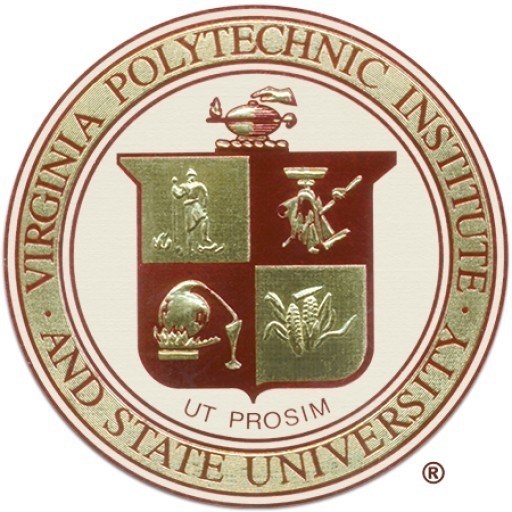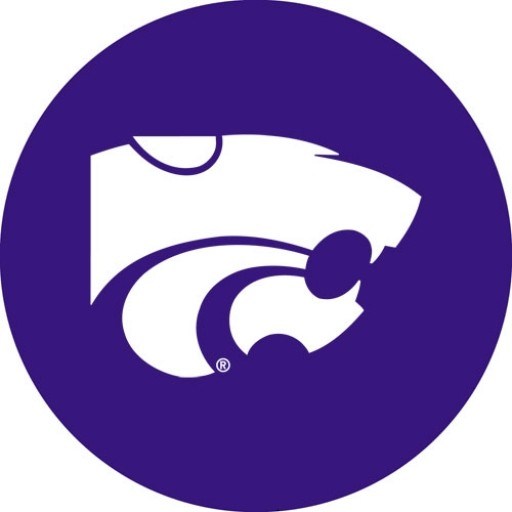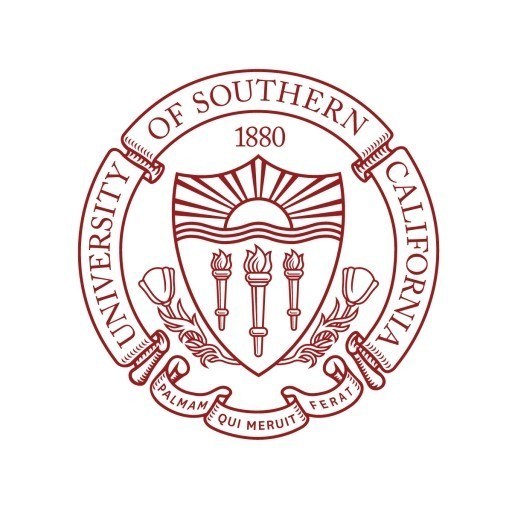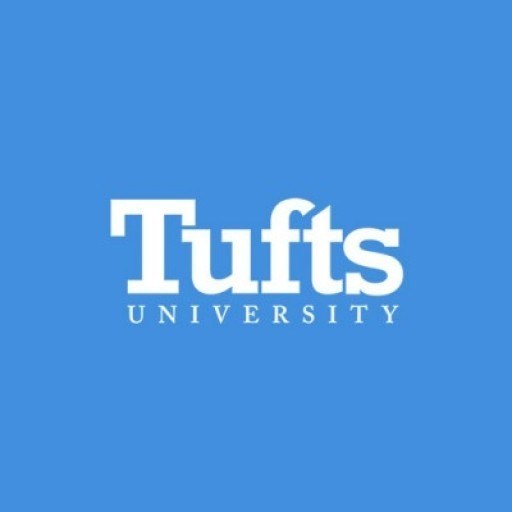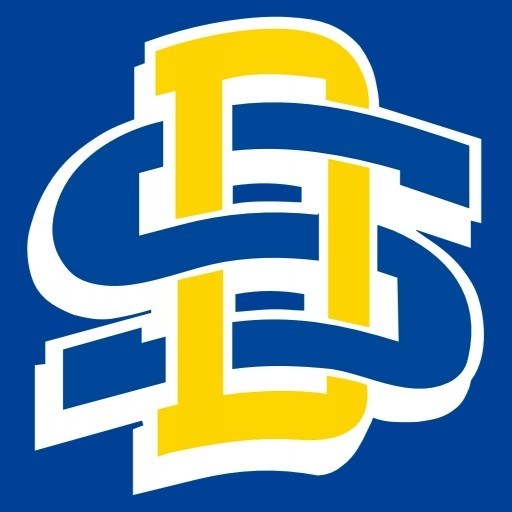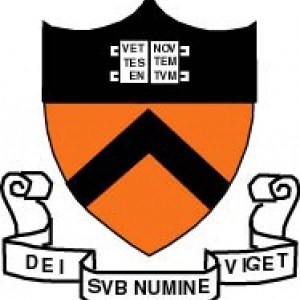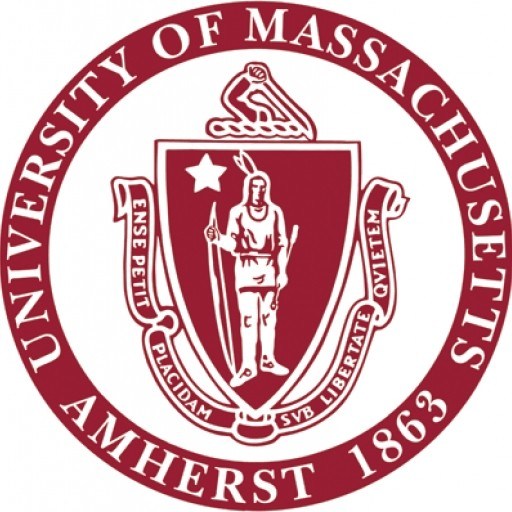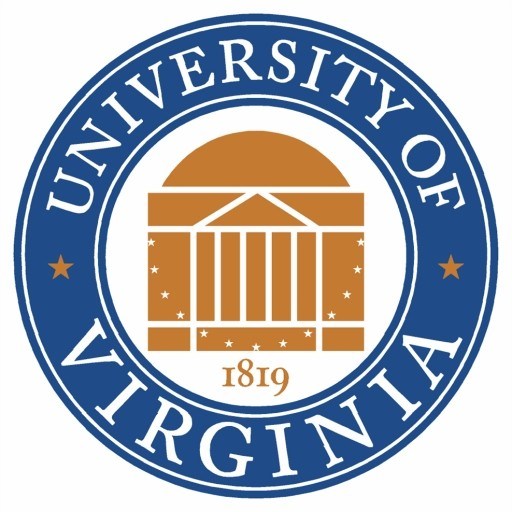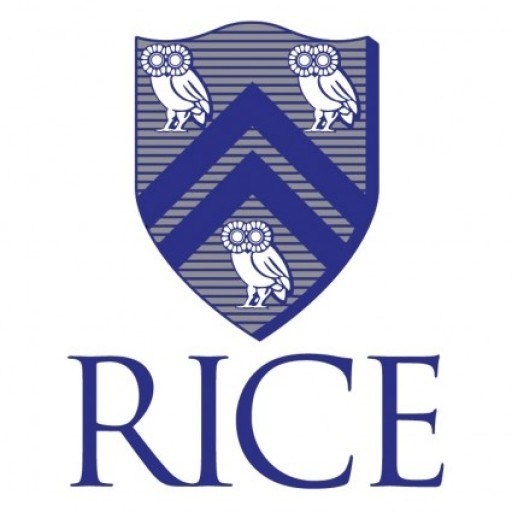Photos of university / #virginia.tech
The Bachelor of Architecture (B.Arch.) program at Virginia Tech is a comprehensive professional degree designed to prepare students for careers in architecture by providing a rigorous and innovative educational experience. This program combines a strong foundation in architectural theory, design, technology, and history with practical skills that are essential for practicing architecture in a contemporary environment. Students in the program engage in hands-on learning through studio courses, where they develop their design skills by working on innovative projects, collaborating with peers, and receiving mentorship from experienced faculty members. The curriculum emphasizes sustainable design practices, environmental stewardship, and the integration of cutting-edge technological advancements to address the complex challenges facing modern cities and communities.
Virginia Tech’s architecture program is committed to fostering creativity, critical thinking, and technical expertise. Students are encouraged to explore diverse architectural styles and cultures, while also gaining a solid understanding of architectural history and theory. The program includes courses in construction methods, structural systems, building materials, and digital design tools, ensuring graduates are well-equipped to design safe, functional, and aesthetically compelling structures. Additionally, the program emphasizes the importance of ethical practice, professional responsibility, and the social impact of architecture, preparing students to become leaders in their field.
The program offers state-of-the-art facilities, including advanced laboratories, design studios, and computer labs, facilitating a dynamic learning environment. Students benefit from Virginia Tech’s extensive network of industry partnerships, internships, and study abroad opportunities, which provide valuable real-world experience and global perspectives. The architecture program at Virginia Tech also prepares students for licensure in architecture upon graduation, offering the required coursework and professional development opportunities.
Graduates of the Bachelor of Architecture program are equipped with the skills and knowledge necessary to pursue a variety of careers in architecture, urban planning, sustainable design, and related fields. Many alumni go on to work for architectural firms, governmental agencies, or continue their education in Master’s programs, advancing their expertise and leadership in the built environment. The program aims to develop architects who are innovative, responsible, and committed to creating a built environment that enhances quality of life for communities around the world.
Foundation Design Program - First Year
Foundation Design Lab is an immersive, interactive learning environment focused on inquiry, experimentation, discovery, and synthesis for students studying architecture, landscape architecture, interior design, and industrial design. The design lab develops self-reliance and self-critique, opens intellectual horizons, and challenges students to continually expand and deepen their aesthetic judgment and critical understanding. Studies are undertaken in two and three dimensions across multiple scales.
Professional Program - Second, Third, Fourth, and Fifth Years
The Professional Program employs design theory and processes to study the design of buildings. Students conduct an interactive investigation of architectural space, environmental forces, and building technology. Foundations of discipline-specific knowledge are progressively introduced, discussed, and examined as they contribute to the complex totality of a work of architecture. Students explore natural and cultural forces as they relate to architecture through means of representation specific to the discipline. With architecture at the core, the program examines interdisciplinary sources such as art, science, and philosophy for the purpose of establishing the content the discipline shares with other forms of knowledge.
Concepts in the Professional Program are communicated through both traditional drawings and models, as well as through modern virtual tools and digital production. All coursework seeks to develop the ability to conduct a professional written and verbal discourse. Further emphasis is placed on intellectual discipline, constructive dialogue, assertion of interest, and a self-motivated search for critical issues.
The second year is characterized by an increase in the complexity of design exercises to foster a better understanding of the interplay between situation, time and desired spatial definition. Architectural constructs of smaller scales build on knowledge of basic design principles studied in the first year. The laboratory discourse focuses on principal elements of architecture and their compositional and material role in space. Architecture as the art of building is conveyed through the detailed study of exemplary built works.
The third year provides for study of fundamental design principles, technical concepts and their applications, including measures of quality in architecture. The instructional content of this year articulates and communicates to students the unique nature of architecture through the study of interrelationships of material, construction systems, site, and building programs. The Architecture III design laboratory guides the student's growing experience with practical design problems and provides order to the gradual exploration and learning of the nature and means of achieving architecture. Associated with Architecture Ill are lectures, presentations, and workshops intended to challenge students toward sensible integration of necessary systems and legal responsibilities in the design and construction of buildings.
The fourth year builds on the increased comprehension of building systems acquired during the third year. On-campus or off-campus, the aim of the various program options is to promote an in-depth understanding of the relationship between architectural idea and physical building form. On-campus students are offered studio courses with various focus topics. Off-campus options include several VT and non-VT Study Abroad Programs, the Extern Program, the Washington-Alexandria Center, or the Chicago Studio.
Off-campus programs directed by the Virginia Tech School of Architecture + Design include:
- The Europe Study Abroad Fall Travel Program studies seminal European historic and contemporary architectural works and urban spaces, which are visited and documented with analytical drawings, sketches, and photographs, supplemented by on-site lectures by architects and professionals. Documented research before and after the program leads students to greater depth of understanding of the issues surrounding the architecture.
- The Steger Center Residency Program: Each semester, 16 architecture students take part in this program at Virginia Tech's European Steger Center for International Scholarship in Riva San Vitale, Switzerland. An 18th century villa and its gardens on the southern tip of Lake Lugano provide residence and dining facilities for Architecture + Design students, as well as 30 Virginia Tech students from other academic disciplines. Studio work, courses, research, and travel are directed to advance first-hand knowledge of the architecture, geography, and culture of Europe.
- The Chicago Studio: Hosted by significant architecture firms in downtown Chicago, this 4th-year off-campus semester seeks to integrate education and practice in a direct way. Its distinctive structure and curriculum is centered around urban focused studio and course work, with direct input from the profession. Site visits in the Chicago metropolitan area and the lectures and events of the active architecture culture of Chicago contribute significantly to this program.
- Professional Extern Program allows students to spend one semester in an approved professional setting and receive up to 12 hours of academic credit. This program provides a valuable link between the academic environment and architectural practices, discipline-related government agencies, and other design offices throughout the world.
- The Washington-Alexandria Architecture Center affords students from the School of Architecture + Design and from related College disciplines the opportunity to study with students and faculty from a national and international consortium of schools in the historic urban context of Old Town Alexandria. The Center complex offers studio space, classrooms, exhibition and review spaces, shops, and computer labs for the students and faculty of the consortium. The University also offers a limited number of apartments for students studying at the Center.
In the fifth year, students conduct a yearlong advanced study with individual faculty advisors. The in-depth engagement with research, theory, and design is intended to broaden a student's expertise in a particular area within the field of architecture. Fifth-year students are expected to formulate and accomplish advanced high-level work in the form of a terminal project. Working with their advisors, students develop and discuss their research and design progress, and have periodic formal peer reviews throughout the year. Students are required to leave the project documentation of their 5th-year work with the school upon graduation.
The first professional degree programs (B.Arch., M.Arch.2 & M.Arch.3) in architecture are accredited by the National Architectural Accrediting Board (NAAB).
- In the United States, most state registration boards require a degree from an accredited professional degree program as a prerequisite for licensure. The National Architectural Accrediting Board (NAAB), which is the sole agency authorized to accredit U.S. professional degree programs in architecture, recognizes three types of degrees: the Bachelor of Architecture, the Master of Architecture, and the Doctor of Architecture. A program may be granted a 6-year, 3-year, or 2-year term of accreditation, depending on the extent of its conformance with established educational standards.
- Doctor of Architecture and Master of Architecture degree programs may consist of a pre-professional undergraduate degree and a professional graduate degree that, when earned sequentially, constitute an accredited professional education. However, the pre-professional degree is not, by itself, recognized as an accredited degree.
- Next accreditation visit for all programs: 2018
The four-year, pre-professional degree is not offered at Virginia Tech.
Courses
- 1014: INTRODUCTION TO ARCHITECTURE: LESSONS IN FORM & CULTURE
- 1015-1016: FOUNDATION DESIGN LABORATORY
- 1024: INNOVATIVE DESIGN THINKING
- 1034: SEEING DESIGN: TRANSFORMING OBSERVATIONS
- 1115-1116: QUALIFYING DESIGN LABORATORY
- 2015-2016: ARCHITECTURE II
- 2034: ART OF BUILDING
- 2044: BUILDING MATERIALS
- 2974: INDEPENDENT STUDY
- 2984: SPECIAL STUDY
- 3015-3016: ARCHITECTURE III
- 3045-3046: BUILDING ASSEMBLIES
- 3054: BUILDING ANALYSIS
- 3115,3116: HISTORY OF ARCHITECTURE
- 3514: DESIGN-RELATED MEDIA
- 3954: STUDIO-STUDY ABROAD
- 3974: INDEPENDENT STUDY
- 3984: SPECIAL STUDY
- 4015-4016: ARCHITECTURE IV
- 4034: BUILDING CITIES
- 4044 (LAR 4124): PROFESSIONAL PRACTICE
- 4055,4056: ENVIRONMENT AND BUILDING SYSTEMS
- 4075-4076: BUILDING STRUCTURES
- 4114: IDEAS, CONCEPTS, AND REPRESENTATIONS OF ARCHITECTURE
- 4144: ADVANCED BUILDING STRUCTURES I
- 4154: ADVANCED BUILDING STRUCTURES II
- 4164: COMPUTER APPLICATIONS IN DESIGN
- 4204: URBAN TECHNOLOGY AND ARCHITECTURE
- 4214: TOPICS IN ARCHITECTURE HISTORY AND THEORY
- 4304: TOPICS IN DESIGN METHODS
- 4414: ADVANCED ENVIRONMENT BUILDING SYSTEMS
- 4515-4516: ARCHITECTURE V
- 4524: THESIS DOCUMENTATION
- 4705-4706: QUALIFYING DESIGN SEMINAR
- 4715-4716: QUALIFYING DESIGN LABORATORY
- 4904: PROFESSIONAL STUDIES
- 4944: CONSORTIUM STUDIES IN ARCH
- 4974: INDEPENDENT STUDY
- 4984: SPECIAL STUDY
- 4994: UNDERGRADUATE RESEARCH
- Application Fee: A non-refundable fee of $70 for all international students applying for admission must be submitted. The check must be written on a U.S. bank, a foreign bank with a U.S. correspondent, or a U.S. money order. Your application will not be processed without this fee. Students who apply online are required to pay the application fee electronically with either a debit or credit card (MasterCard or VISA), or an electronic check.
- SAT Reasoning Test or ACT Scores (Optional for international applicants): Virginia Tech’s CEEB code is 5859; the ACT code is 4420.
- InitialView Interview (Optional for international applicants): You may learn more about InitialView at www.initialview.com. Please arrange to have your interview completed as early as possible. The deadline for completing the interview is February 15, 2017. For additional details, see the requirements page.
- TOEFL/IELTS/PTE: Applicants whose native language is not English must take the Test of English as a Foreign Language (TOEFL), the International English Language Testing System (IELTS), or the Pearson Test for English (PTE). Scores should be received on or before March 1. To have your TOEFL score automatically sent to Virginia Tech, please specify Virginia Tech’s CEEB code (5859) on the test form.
- Educational Documents: All documents in a language other than English must be accompanied by certified English translations. Notarized translations alone will not be accepted. Translations supplement, but do not replace original documents. Remember to send both.
- Diplomas/Certificates: Students who have completed secondary school or high school must submit copies of their diplomas or school leaving certificates. Report of scores on school leaving examinations must also be submitted.
- Transcript/Statement of Marks: This contains the record of courses studied, marks (grades) awarded, length of class periods, and grading scale with minimum passing mark. These must be submitted for upper secondary or high school years and must be complete for applicants who have graduated from school. For those applicants who are still enrolled in school, the transcript, or statement of marks, must show the most current term of grades to date. The transcript must be an original copy, certified by the sending institution.
The Bachelor of Architecture (B.Arch) program at Virginia Tech offers several financing options to support students throughout their academic journey. Undergraduate students can access a variety of financial aid programs, including federal and state grants, scholarships, and institutional aid. Federal grants such as the Pell Grant are available to eligible students based on financial need, providing significant assistance with tuition and living expenses. Virginia Tech also offers merit-based scholarships for incoming and current students, which recognize academic achievement, leadership, and community involvement. These scholarships vary in amount and duration, and applicants are typically considered automatically upon admission or through specific scholarship application processes.
In addition to scholarships, students can explore federal student loans, including Direct Subsidized and Unsubsidized Loans, which offer low-interest rates and flexible repayment options. The university's financial aid office provides comprehensive counseling to help students understand loan responsibilities and repayment plans. Work-study programs are also available, allowing students to work part-time on campus, earning money to support their education while gaining practical experience.
Virginia Tech encourages students to apply for external funding sources such as private scholarships and grants offered by foundations and organizations aligned with architecture, engineering, or design disciplines. The university's financial aid services provide guidance on locating and applying for these opportunities to maximize financial assistance.
Most students also consider payment plan options that allow the splitting of tuition payments into manageable installments across the semester, easing financial burden. The university's Office of Financial Aid and Scholarships offers personalized assistance to help students plan their finances and navigate the application processes for various funding sources. Overall, Virginia Tech's comprehensive approach to financial support ensures that students pursuing a degree in architecture can focus on their studies without undue financial stress, making higher education more accessible and attainable.
The Bachelor of Architecture (B.Arch.) program at Virginia Tech is a professional undergraduate degree designed to prepare students for careers in architecture, urban design, and related fields. The program emphasizes a comprehensive understanding of architectural design, history, theory, technology, and practice, integrating these elements to develop students' creative, technical, and critical thinking skills. The curriculum includes studio courses that foster hands-on design experience, complemented by courses in architectural history, building science, sustainability, and digital technologies. Students are encouraged to engage with real-world projects through internships and collaborative design studios, preparing them for professional practice or advanced graduate studies. The program is accredited by the National Architectural Accrediting Board (NAAB), ensuring that graduates meet the standards necessary for licensure in the United States. Virginia Tech's strong focus on sustainable design and innovative building solutions reflects current industry trends and societal needs, making graduates well-equipped to contribute to environmentally responsible architecture. Faculty members are experienced professionals and researchers dedicated to mentoring students and advancing architectural knowledge. Virginia Tech also offers interdisciplinary opportunities, allowing architecture students to collaborate with programs in engineering, urban planning, and arts. The program promotes a student-centered learning environment, fostering creativity, ethical responsibility, and leadership. Graduates of the B.Arch. program typically pursue careers in architectural firms, construction management, urban planning, or continue their education through master's programs in architecture or related disciplines. Overall, the Virginia Tech architecture program is committed to preparing competent, innovative, and socially responsible architects who can shape the built environment effectively.
